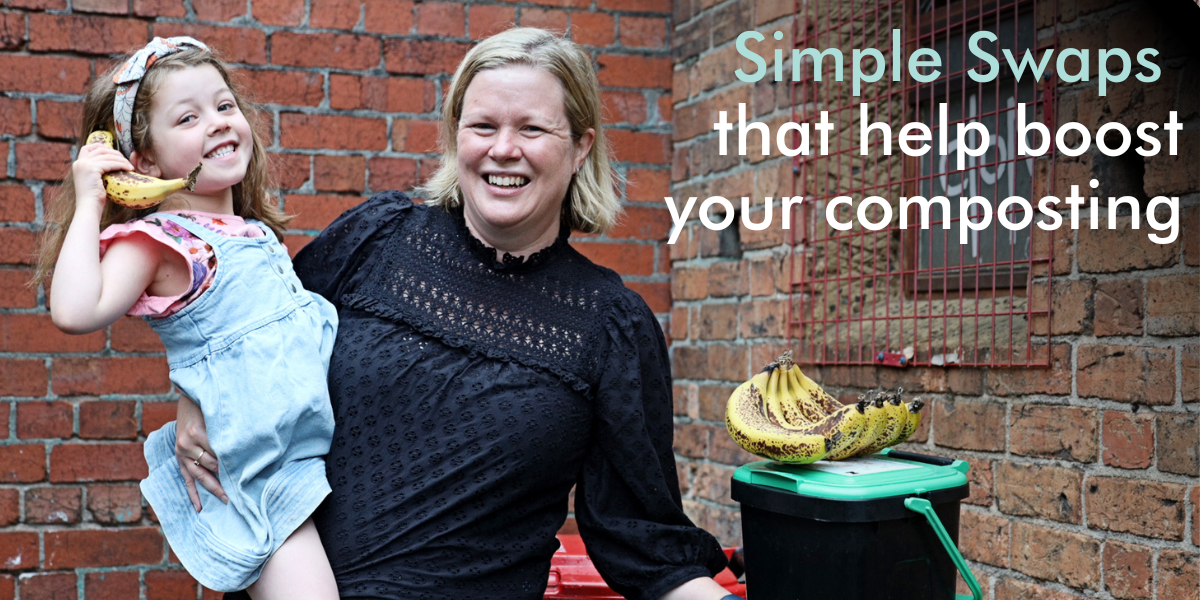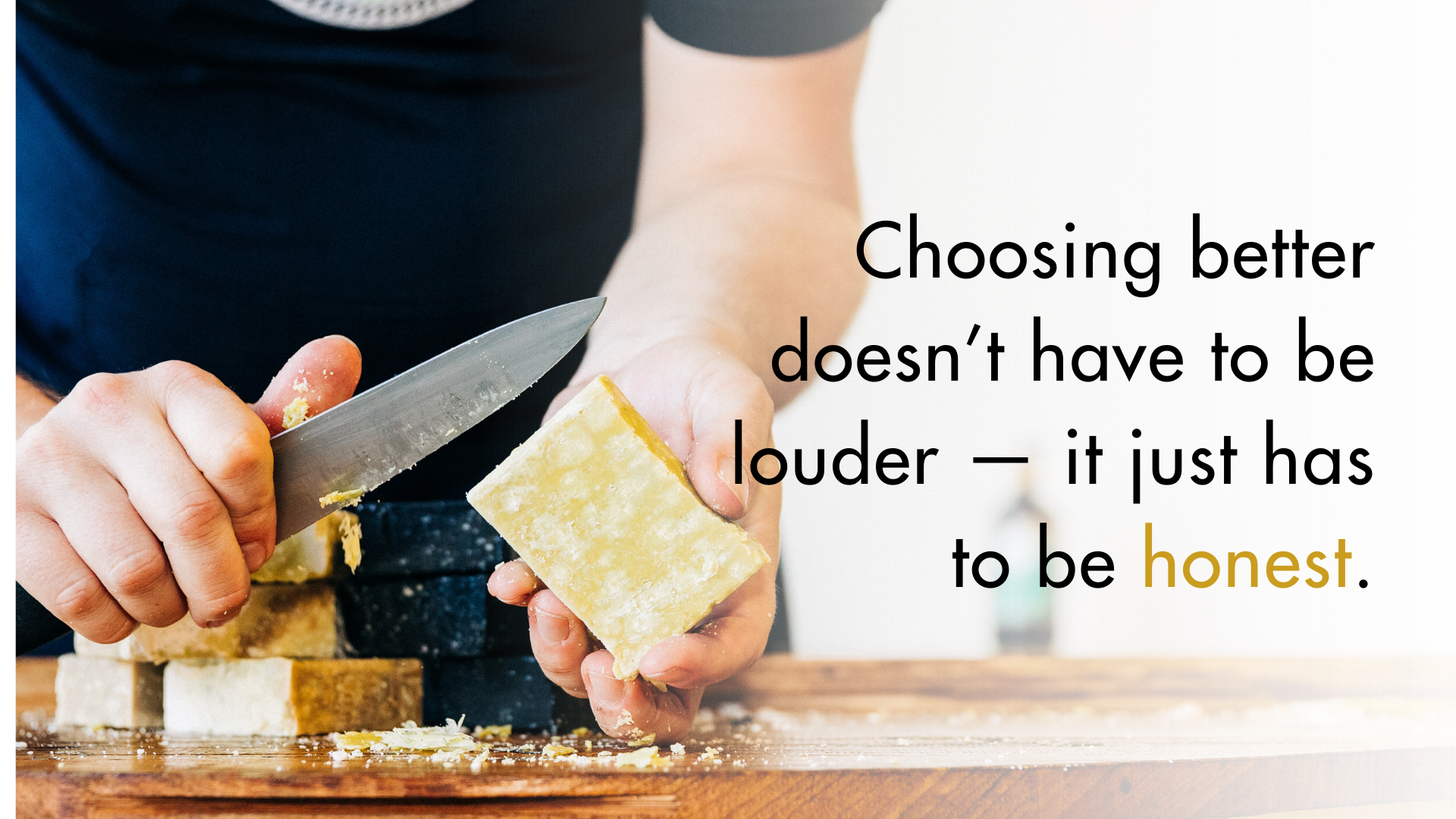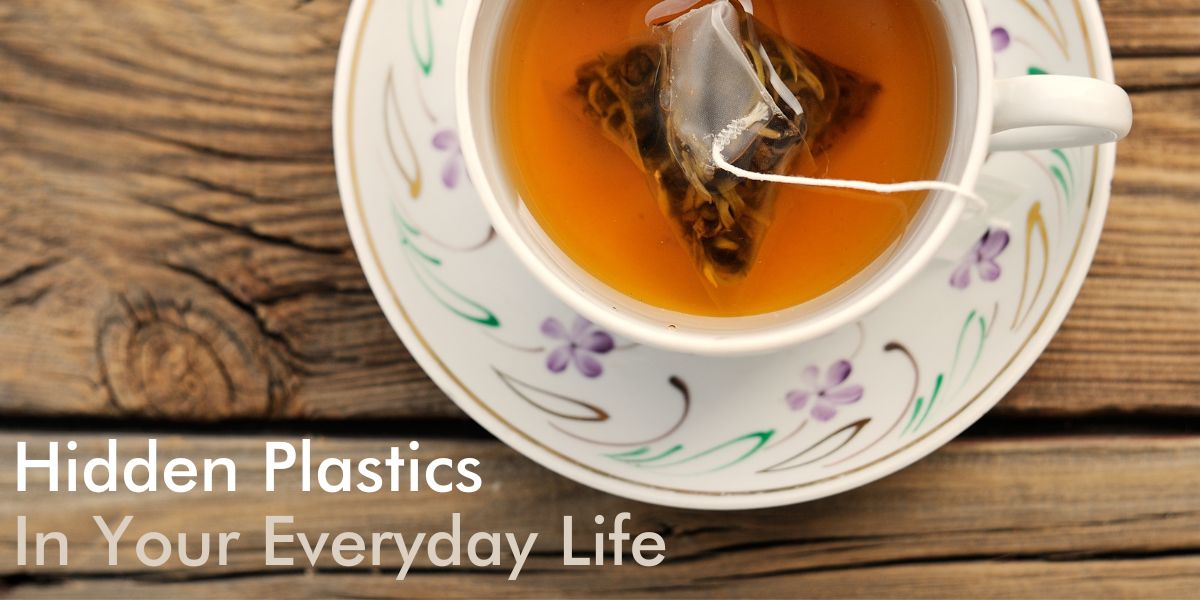Increase the amount you can compost by switching out these surprising things that contain plastic

Composting is at the heart of any sustainable household. It’s at the heart of my household as it is my business.
Last year, we went through a major packaging change that allowed us to rebrand but it also allowed us to ditch all the hidden plastic that was in our packaging and our accessories. Through the process, I learnt so much about what materials are truly compostable and I was also shocked to discover so much plastic that surrounds us that most of us are not even aware of.
Let me share with you some surprising materials that I learnt in fact contain plastic and offer alternatives that are so good they can actually be composted!
Shiny, Glossy or Treated Paper (ie, most of the paper and cardboard on the market):
This one truly shocked me as I researched it. Not all paper products are created equal when it comes to composting. Shiny or glossy paper, often found in magazines, certain packaging, or coated cards, probably contain chemicals or plastics that are harmful to your compost and the environment. Stick to plain, uncoated paper that uses vegetable inks (such as our soap boxes) for any chance for it to be composted.
“Biodegradable” Packaging
This is another little dirty secret of the packaging industry. The term "biodegradable" might sound like a green light for composting, but it's essential to scrutinise the specific materials used in the packaging. While some biodegradable materials break down under certain conditions, they might not decompose efficiently in a home composting system. Some biodegradable plastics, for instance, require industrial composting facilities with specific conditions that are not easily replicated in a backyard compost pile.
The worst of this type of packaging are many of the biodegradable plastics that are thankfully starting to be banned across this country. These usually breakdown to microplastics, which are hugely damaging to our wildlife and waterways.
Synthetic Fibres
Now it may not be surprising to learn that synthetic fibres aren’t compostable. But what may be surprising to you is how many natural fibres and materials are actually compostable and can be put in many home composting systems (check with your council for your FOGO bin) Cotton, hemp, jute, linen, wool, small wood pieces can all be composted.
These fibres I'm about to list on the other hand, have some pretty funky plastics and chemicals that are a no, no for the compost (and you’d have to question why we wear them!)
While many natural fibres are compostable, there are certain fibres that should not be composted due to various reasons. These include:
- Polyester: Commonly used in clothing and textiles, polyester is a synthetic fibre derived from petroleum. It does not break down naturally and should not be composted.
- Nylon: Another synthetic fibre, nylon is durable and long-lasting but does not biodegrade in a composting environment.
- Poly-cotton Blends: Fabrics that are a mix of natural fibres like cotton and synthetic fibres like polyester should not be composted. While the natural fibres may break down, the synthetic ones will persist.
- Waterproof or Stain-Resistant Fabrics: Fabrics treated with chemicals to make them waterproof or stain-resistant often contain substances that are not suitable for composting.
Hope that helps with your composting endeavours!
Soapy hugs,
Emma xx




